An Individual Learning Plan (ILP) is a personalized educational strategy designed to address the unique needs, skills, and learning objectives of an individual. It serves as a roadmap for…
continue reading
35+ Sample Business Action Plan
-
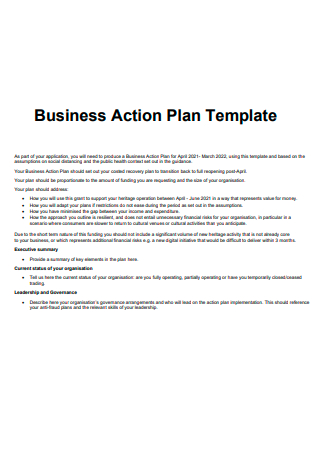
Business Action Plan Template
download now -
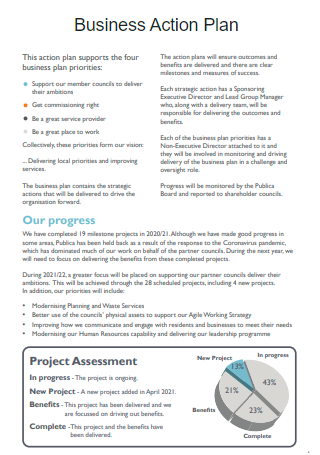
Basic Business Action Plan
download now -
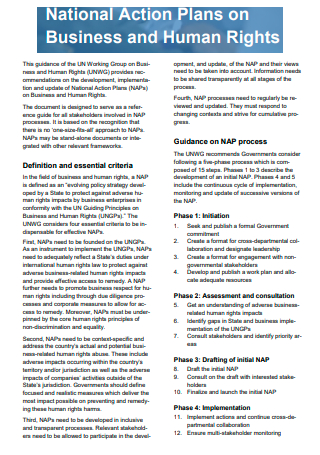
Business National Action Plan
download now -

Sample Business Action Plan
download now -
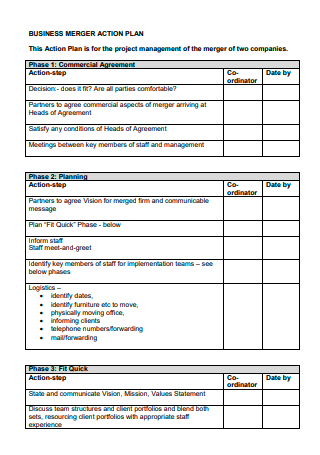
Business Merger Action Plan
download now -
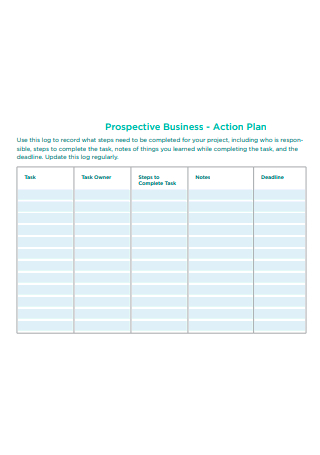
Prospective Business Action Plan
download now -
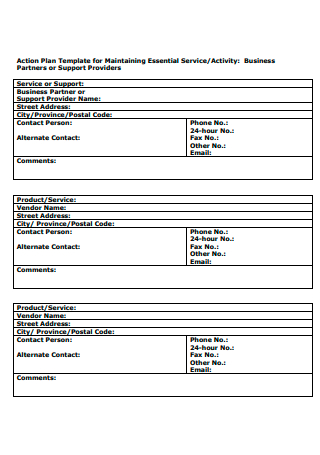
Printable Business Action Plan
download now -
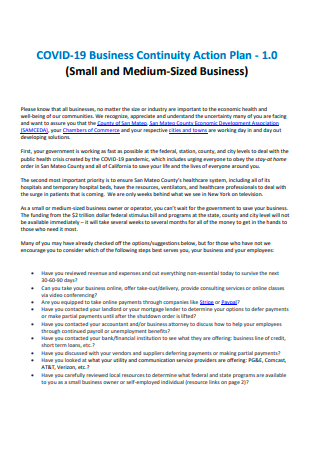
Covid-19 Business Continuity Action Plan
download now -
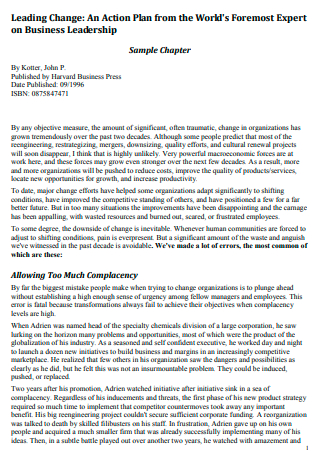
Business Leadership Action Plan
download now -

Business Challenge Action Plan
download now -
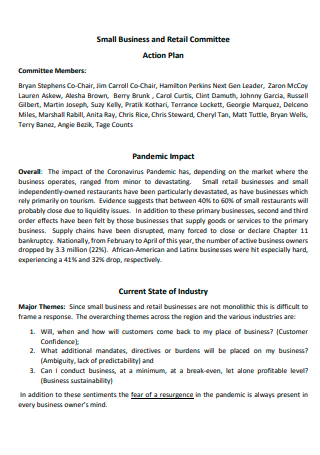
Small Business and Retail Committee Action Plan
download now -
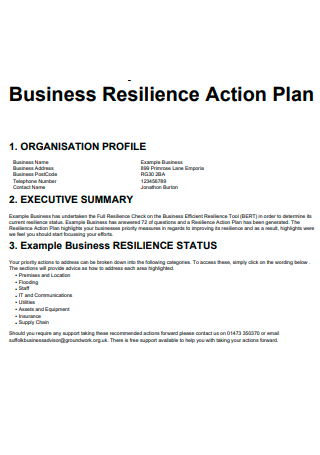
Business Resilience Action Plan
download now -
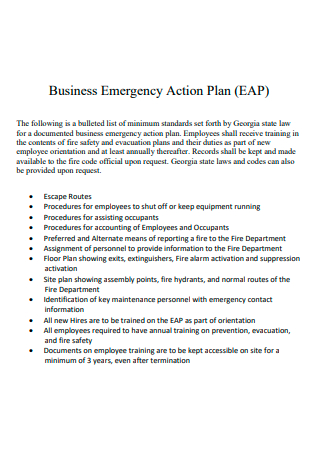
Business Emergency Action Plan
download now -

Business Hydrogen Action Plan
download now -
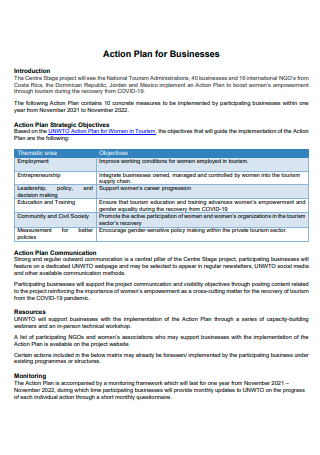
Simple Businesses Action Plan
download now -

Business Water Savings Action Plan
download now -

College of Business Action Plan
download now -

Business Retention and Expansion Study Action Plan
download now -
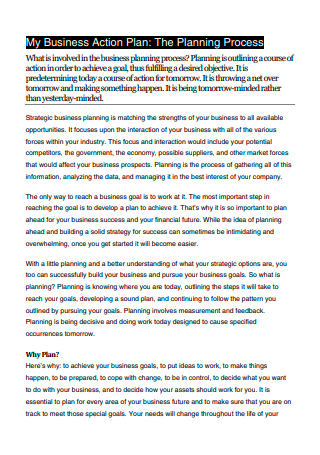
Business Action Planning Process
download now -
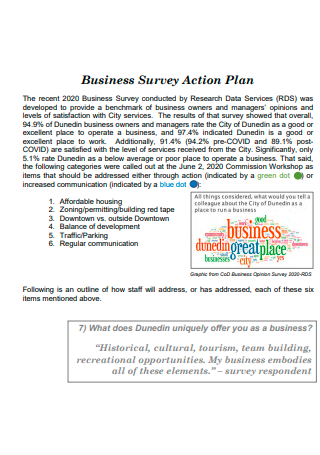
Business Survey Action Plan
download now -
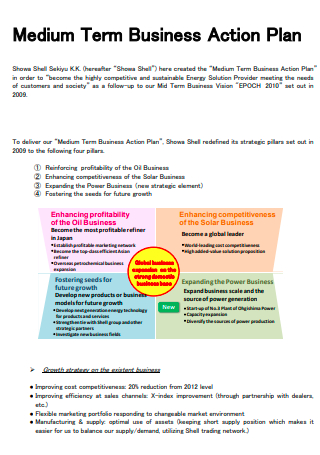
Medium Term Business Action Plan
download now -

Formal Business Action Plan
download now -

Business Tourism Action Plan
download now -

Business and Implementation Action Plan
download now -

Standard Business Action Plan
download now -
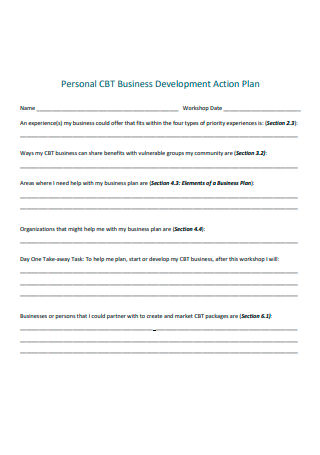
Personal Business Development Action Plan
download now -
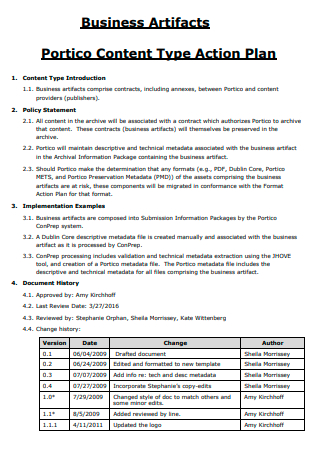
Simple Business Action Plan
download now -

Electricity Business Action Plan
download now -

Business Disability Action Plan
download now -

Business Action Plan Example
download now -
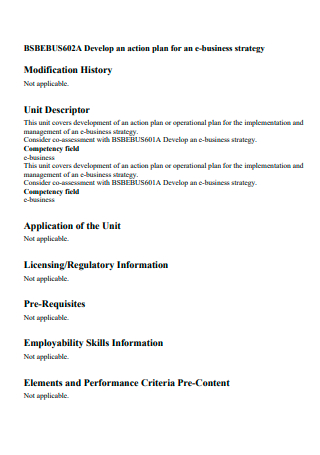
E-Business Strategy Action Plan
download now -

Business and Human Rights National Action Plan
download now -
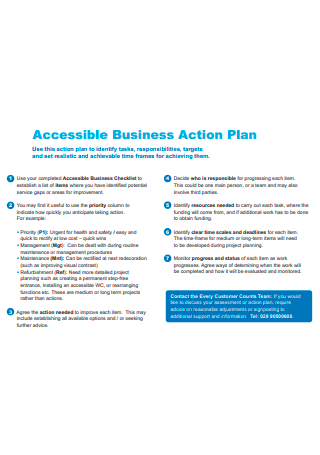
Accessible Business Action Plan
download now -

Business Science Education Cooperation Action Plan
download now -

Age Friendly Business Action Plan
download now -
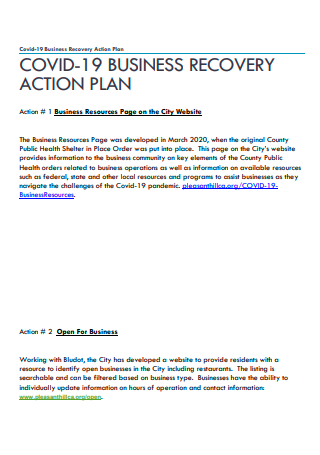
Business Recovery Action Plan
download now
What Is a Business Action Plan?
A business action plan is a comprehensive plan that outlines goals and details the ways and means on how to accomplish these goals. A business action plan can serve multiple purposes- from business growth and development to fiscal budgets.
According to an article published by Harvard Business Review, startup businesses and entrepreneurs who create formal plans are shown to be 16% more likely to achieve feasibility compared to non-planning entrepreneurs. Further, studies also showed that growth-oriented startup businesses were 7% more likely to plan; whereas, startups inclined more towards innovation had a slightly lower percentage of 4% likelihood to plan.
Tips For Creating a Better Business Action Plan
Depending on the needs of your business action plan, there can be many ways on how to improve it. Keep in mind the following tips the next time you are tasked to brainstorm or create a business action plan.
Reasons for Creating a Business Action Plan
Because of the broad definition of a business action plan, there can be dozens of reasons why companies feel the need to create a business action plan. The most common and universal reasons are enumerated and described below.
How to Create a Business Action Plan
To create a comprehensive and effective business action plan, you first need to sit down as a team or department and brainstorm. This is a crucial step before actually drawing out your plans. Rarely do plans work out well if there is an absence of teamwork. You need to set aside ample time to meet and discuss among your members the best way to approach the creation of your business action plan. Once the ideas are ripe and ready, you can proceed to the actual drafting of the business action plan. Follow the basic step-by-guide below to get started.
Step 1: Set the Objectives
To start off your business action plan, you need to have a good grasp of your intentions and objectives. What is the main purpose of drafting your business action plan? Is it to grow your business? Do you intend to fix a major internal problem? Or maybe you are planning to restructure the entire organization from the ground up? Whatever your goals are, they need to be described and stated clearly. This first section of your action plan is key because at the end of the day, it ultimately sets the tone for the rest of the sections. Without an overarching goal, there could be a tendency to lose focus or get lost in the minutia or details of all the planning.
Step 2: Outline the Action Items
An action plan without action items ceases to be an action plan. The core of your business action plan ought to be the strategies and concrete actions that address your goals. The questions you should be asking for this particular section of your action plan are: How do I intend to realize the goals and objectives? What means can I use and resources can I mobilize in order to get the job done? Ideally, action items should be specific and measurable. The format of how you present these action items will depend on you. Using a table or chart is one possible way of organizing your action items in an orderly manner.
Step 3: Assign the Tasks
Once you have outlined your action items, the next step is assigning each item to a designated member of your team. This may vary according to the dynamics of the team, department or even the entire organization. More than just assigning the right person to execute the task, the act of delegating and sharing responsibility can help promote greater accountability. If your business action plan clearly assigns every member a certain role, then hopefully a sense of ownership will translate to a better outcome. In addition, assigning tasks to all members also can help foster a sense of solidarity and purpose when everyone is contributing towards realizing a shared goal.
Step 4: Provide Success Indicators
Another crucial step in creating a business action plan is ensuring that you are able to measure any tangible results of your action plans. In other words, there must be a series of success indicators put in place that will enable you to determine whether or not your business action plans are working. Having success indicators is crucial in measuring performance and monitoring the success of your plans. You need to establish a unit of measuring the success or progress made over the duration of your action plan. Some of these example rubrics could be the number of participants, profit margin, total revenue or turnover rate.
FAQs
In order to write a business action plan, you need to have the right objectives, concrete action items, a means to measure performance and productivity, and a progress monitoring tool. You can easily use any of the downloadable templates above to use as a guide for your own business action plan.
One example of an action plan is a basic sales and marketing plan. Its most fundamental aim is to increase sales and improve marketing strategies. This type of plan not only requires clear-cut objectives, but concrete and measurable action.
According to Make UK, the three point action plan is simply: prepare, implement and lead.
How do I write a business action plan?
What is an action plan example?
What is a 3 point action plan?
Business action plans are vital in areas such as business development and project management. And it does not matter if you are a startup or a big company, having a solid action plan is necessary. Browse the sample templates above to start customizing your own business action plan now!


